Toon Blast and Death Candy Crush Saga: What future awaits match games?
King’s approach to match game development (three-in-a-row/two-in-a-row) outdated. Adam Telfer, co-founder of Chatterbox Games, told what is replacing the usual Saga-model for the genre on the pages of his blog Mobile Free to Play. We offer a Russian translation of the material.
At the beginning of the year, Peak Games studio released a softlonch game called Toon Blast. Someone may have paid attention to it, but most simply ignored it. The game at first glance seemed to be a reskin of Toy Blast, the previous hit of Peak Games.
Time passed, and in August Toon Blast finally launched to the whole world. And again, most of them studied the game fluently, mentally dubbed it the Toy Blast ruskin and forgot about it. But Peak Games, unnoticed by others, introduced a landmark change into the game: it removed the level map.
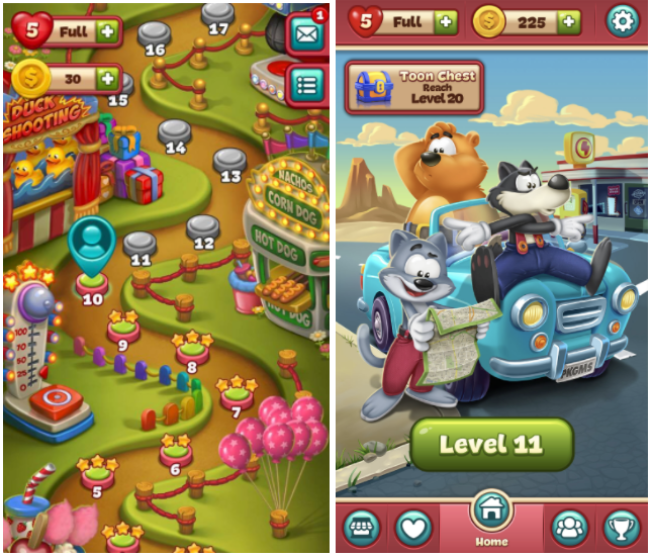
In August, Peak Games tested two versions of the game. One with a level map, the other without.
For the developers of the “three-in-a-row” changes did not come as a surprise: they were brewing slowly but surely. Since 2012/2013, King has taken a leading position in the puzzle niche, other developers who played on the same field have tried their best to separate themselves from the leaders of the genre.
The evolution of the three-in-a-row and Toy Blast genre

In 2014, the game Gummy Drop from Big Fish Games was released, which had not only three-in-a-row mechanics, but also elements of a time manager. Players gathered resources that eventually allowed them to advance. In the same year, Seriously launched the “three-in-a-row” Best Fiends, where an upgrade system borrowed from the RPG was added to the main mechanics. In 2015, Playrix created Fishdom, which offered the player to collect fish and decorate aquariums. In 2016, the same studio released Gardenscapes, where a narrative and the ability to decorate the game world were added to the meta-game in the spirit of the “saga”. In other words, several of the largest players managed to add new elements to the game cycle and thereby get away from the standard “King” model.
But at the same time, most of the companies that developed the “three-in-a-row” continued to hold on to the usual mechanics in their original form. Some managed to achieve modest success, some did not. Peak Games was among the few who managed to succeed with the help of “three-in-a-row” mechanics. The Toy Blast game, which launched in 2015, was entirely built on the classical model, albeit with some additions.
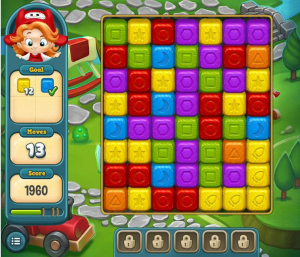
Peak Games’ flagship title, Toy Blast, was almost the last project to succeed, following the classic “King” model.
The key mechanics of Toy Blast were the same as in previous generation games like Collapse, Diamond Dash or Pet Rescue Saga. Players were offered not to swipe chips, but to tap on separate groups of crystals. Any block of two or more chips could be immediately removed, which was “worth” the move. It looks like Candy Crush, but the feeling of the game is completely different. The gameplay is fast—paced, but as you move forward, you realize that such mechanics does not forgive inattention and at the same time encourages planning for one or two moves ahead.
However, most developers immediately dismissed Toy Blast as “another Candy Crush clone” — and, as it turned out, in vain. If you look at the data from Sensor Tower, you can see that Toy Blast has turned into a powerful source of income over time.
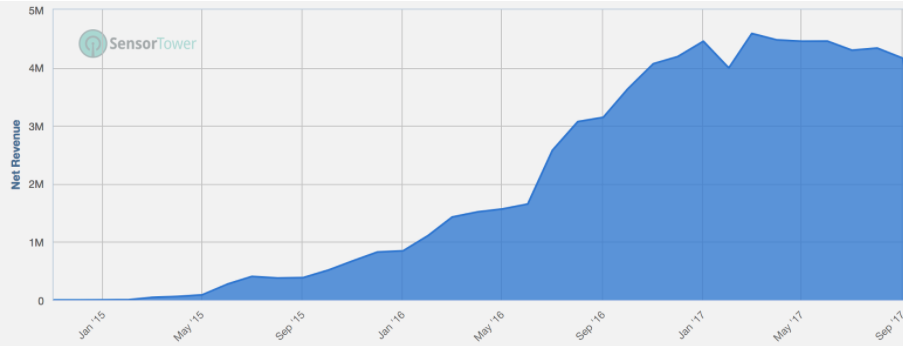
Toy Blast revenues according to Sensor Tower estimates
Addictive puzzle Toy Blast stayed in the top of the highest-grossing games for a long time. And unlike most of the top projects, he climbed to the top of the charts slowly but surely. This happened thanks to the efforts of the team, which methodically improved and promoted the game.
The success of Toy Blast naturally prompted Peak Games to start working on Toon Blast. Launching another game with already proven gameplay is a win—win option. After all, King and Playrix have done the same with their top franchises — and have achieved clear success. It is very convenient when you can attract players from one game to another with the help of cross-promo.
But why, then, did Peak Games, the last developer who managed to succeed with the help of the classic “King” model, decide to radically change the appearance of Toon Blast?
Why do top developers generally move away from the “King” model in its purest form?
For two main reasons.
Reason 1: Facebook is losing ground
The main thing that has changed since the release of Candy Crush Saga is that “friends” in the game, especially attracted through Facebook, are playing a smaller and smaller role.
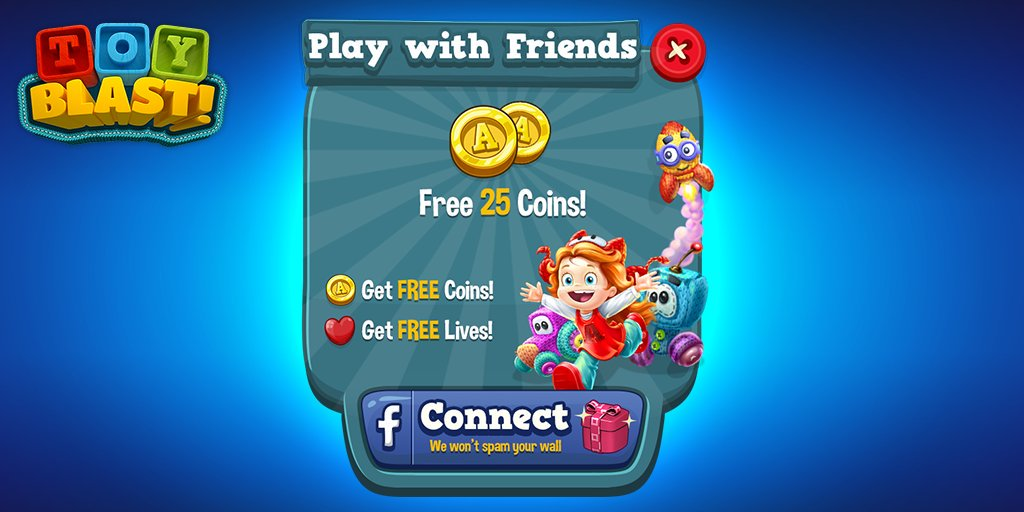
Firstly, since 2012, the number of people who log into the game via Facebook has been constantly falling. Even if a player is offered a reward, the probability that he will link a gaming account with a social network account is getting smaller and smaller. Yes, if a player is involved through a social network, he usually stays in the game longer (because he sees the progress of friends). But nevertheless, players are more and more reluctant to log in through an account in social networks. Especially in the “three-in-a-row” genre.

Facebook itself plays a crucial role here. The strategy of the social network in relation to games has changed dramatically since Candy Crush. Instead of continuing to allow notifications to be posted right and left, Facebook has done everything to ensure that the importance of connecting via the social network gradually began to decline. It became obvious to the management that spam negatively affects the user experience, and it imperceptibly introduced a number of changes that began to prevent games from receiving benefits from the platform. Plus, Facebook has shifted its focus to advertising. That is, the free promo of games in the feed began to negatively affect the main source of income of the social network. Therefore, instead of allowing games to continue to be promoted for free, Facebook gradually turned off the ability to spam in the feed and began selling users to developers through advertising.
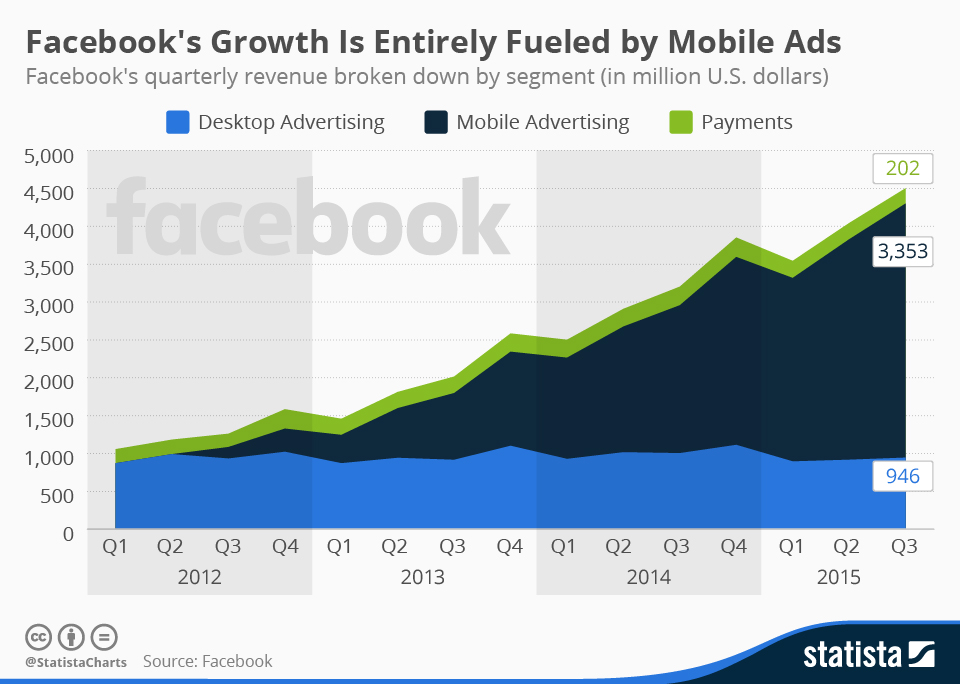
So, considering that the number of people who logged in via social networks was constantly falling, and the ability to directly promote games via Facebook almost disappeared, puzzles that traditionally relied on such a marketing strategy had to turn to other sources of attracting and retaining users.

In the case of Toon Blast, instead of just giving players the opportunity to play with friends, the developers invited them to join guilds together with other active users. Therefore, now users do not lose interest in the game as their friends “fall off”. Instead, they are encouraged to team up with other active users. In Toon Blast, players gain extra lives and earn points thanks to the activity of their own guild. The technique is obviously borrowed from Clash Royale and other midcore mobile games. Yes, some projects have used this technique for years, and many have gone much further in applying mechanics. And yet, for a casual toy, this is a bold move.
The appearance of clans and guilds in Toon Blast means that the days when games were promoted for free via Facebook are gone. It will no longer be possible to attract and retain the user only by the fact that his friends from the social network are in the game.
It is necessary to make sure that players create their own connections with other active users. And the guilds in Toon Blast successfully serve this purpose.
Reason 2: Events come to the fore
Another reason why the “King” model did not find a place in Toon Blast is that Peak Game managed to make sure from its own experience: events really make a profit.
If you look at the history of Toy Blast, it becomes clear that the main reason for the revenue growth in 2015-2016 was precisely the events and competitions between players.
Non—social features are the reason that King, Playrix, Wooga and Peak Games have managed to increase retention rates in their projects. This was achieved with the help of features that force players to complete as many levels as possible at maximum speed. As an example, we can cite Star Chest (literally “Star Chest”, — approx. editors) in Toon Bast. Each star that the player earns when completing a level helps to fill the measure, at the end of which there is a chest. And in the chest there are boosters and coins that will help you pass the level.

Or take, for example, the Crown Rush event in Toy Blast — players need to complete certain levels before the time allotted for the event expires.

Such events, designed for one player and implying the achievement of a certain goal, increase retention and force players to spend money more actively. Both from the point of view of user experience and from the point of view of the interface, they are much more interesting than the standard “King” level map.
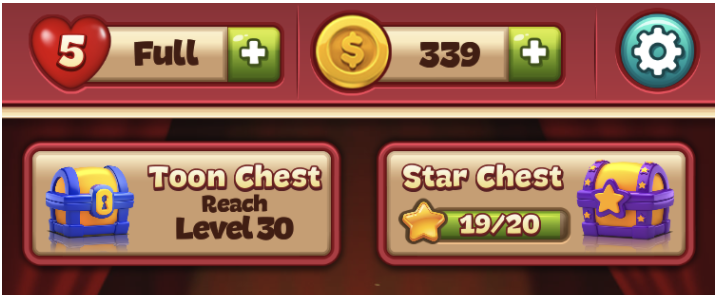
However, the revenue growth of Peak Games is explained not only by events involving players. Competitive events also played a significant role. The kind that make players team up and fight against each other for prizes. These events usually serve to enhance the main game cycle. Players are offered to advance as quickly as possible in a limited time and receive valuable prizes as a reward. A great example is the “Fireworks Festival” in Gardenscapes.
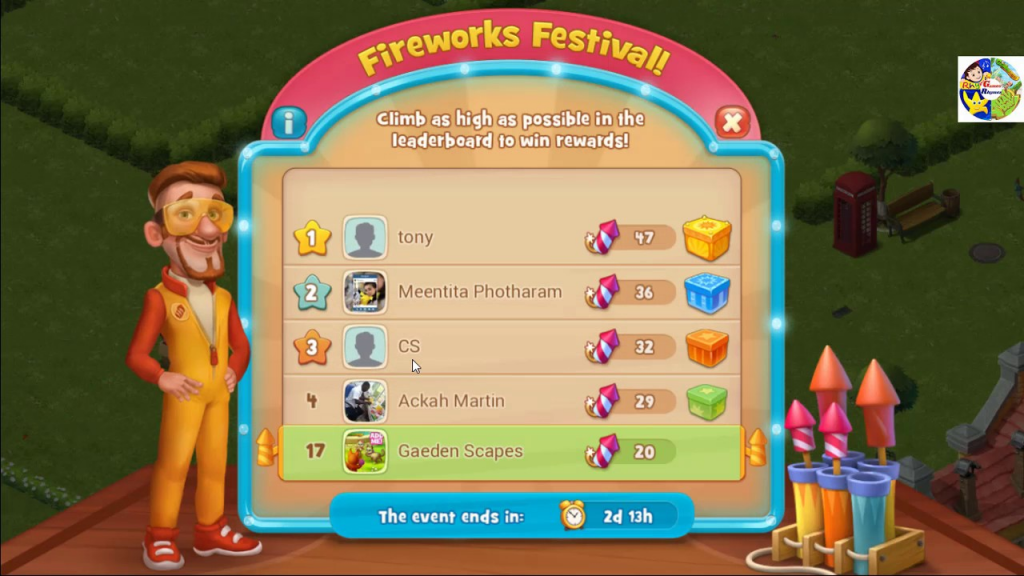
Engaging and competitive events are what helped Toy Blasts achieve success. Therefore, it is not surprising that there are twice as many such techniques in Toon Blast. And since the developers have moved away from the “King” level map, the chances that the events will join the main cycle of the game much more successfully have increased significantly. And in order for the players to pay attention to them, the developers copied the interface of the events from games like Clash Royale.
Conclusion
Peak Game made a bold decision when it removed the standard level map from Toon Blast. At the same time, such a choice can be confidently called a landmark.
Facebook’s role in promoting games has decreased so much that even developers of casual projects have to introduce guilds to keep players. And since events are the main sources of income for puzzles, the Toon Blast interface focuses on them, and not on the standard level map for the genre.
In games, as in life, the higher the rise, the more painful the fall. The “King” model has been at the peak of popularity for so long that many of us have begun to ask ourselves whether it will ever come to an end. And what will replace it.
Now the answer is in front of us.
Source: Mobile Free to Play